In Focus: The strangely successful career of Dante Gabriel Rossetti, the artist 'whose influence was far greater than his output warranted'
He may not have been the most talented member of the pre-Raphaelite Brotherhood, but Dante Gabriel Rossetti was easily the biggest romantic, says Michael Prodger, as he appraises the artist as a new exhibition of his work begins at at the Holburne Museum, Bath.
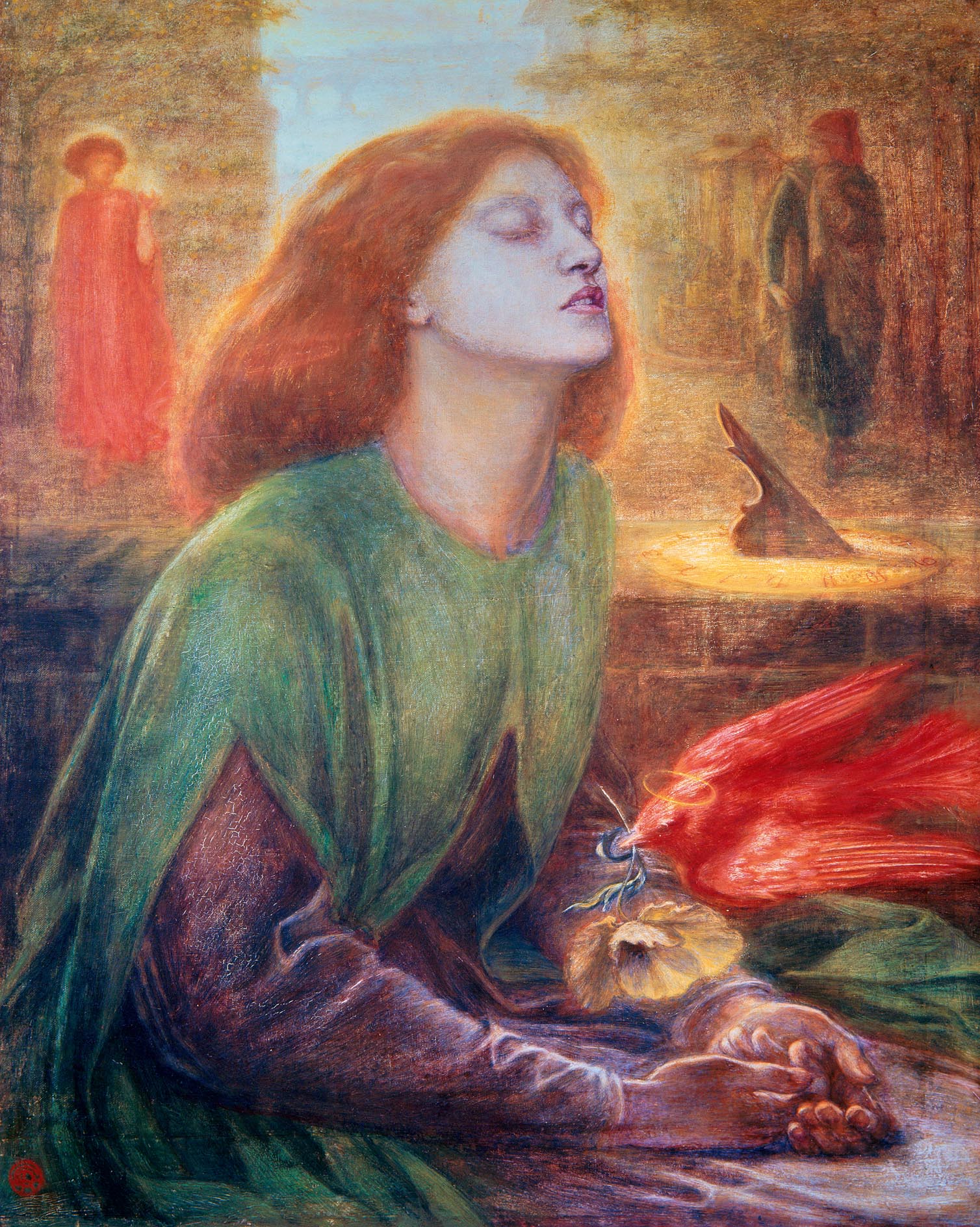

Dante Gabriel Rossetti changed British art at the age of 20 and, having done so, never really outgrew the obsessions of his youth. Rossetti was one of the seven founder members of the pre-Raphaelite Brotherhood, a group of painters, sculptors and critics determined to reform art and clear it of old, staid conventions. Wanting to change the world — and believing it can be done — is a young man’s trait and the original members had barely hit adulthood; indeed, one of them, John Everett Millais, was still a teenager when they embarked on their crusade.
They signed their works with ‘PRB’ in lieu of their individual names and came up with a credo that was earnest bordering on pompous: they committed to having ‘genuine ideas to express’; to studying Nature ‘attentively’; to sympathising with what was ‘direct and serious and heartfelt in previous art’; and to producing ‘thoroughly good pictures and statues’. Nevertheless, when their first pictures were exhibited, they caused an almighty fuss. Dickens wrote a famous attack on Millais’s Christ in the House of His Parents in which he lambasted the figure of Mary as ‘so hideous in her ugliness that… she would stand out from the rest of the company as a Monster, in the vilest cabaret in France, or the lowest gin-shop in England’. Needless to say, the PRB became instantly famous.
Although Rossetti was the most influential member of the group, he was neither its best painter — that was Millais, followed by William Holman Hunt — nor the most faithful to its ideals. He wasn’t a student of Nature, which takes only a minor part in his paintings, nor did he always produce ‘thoroughly good’ pictures.
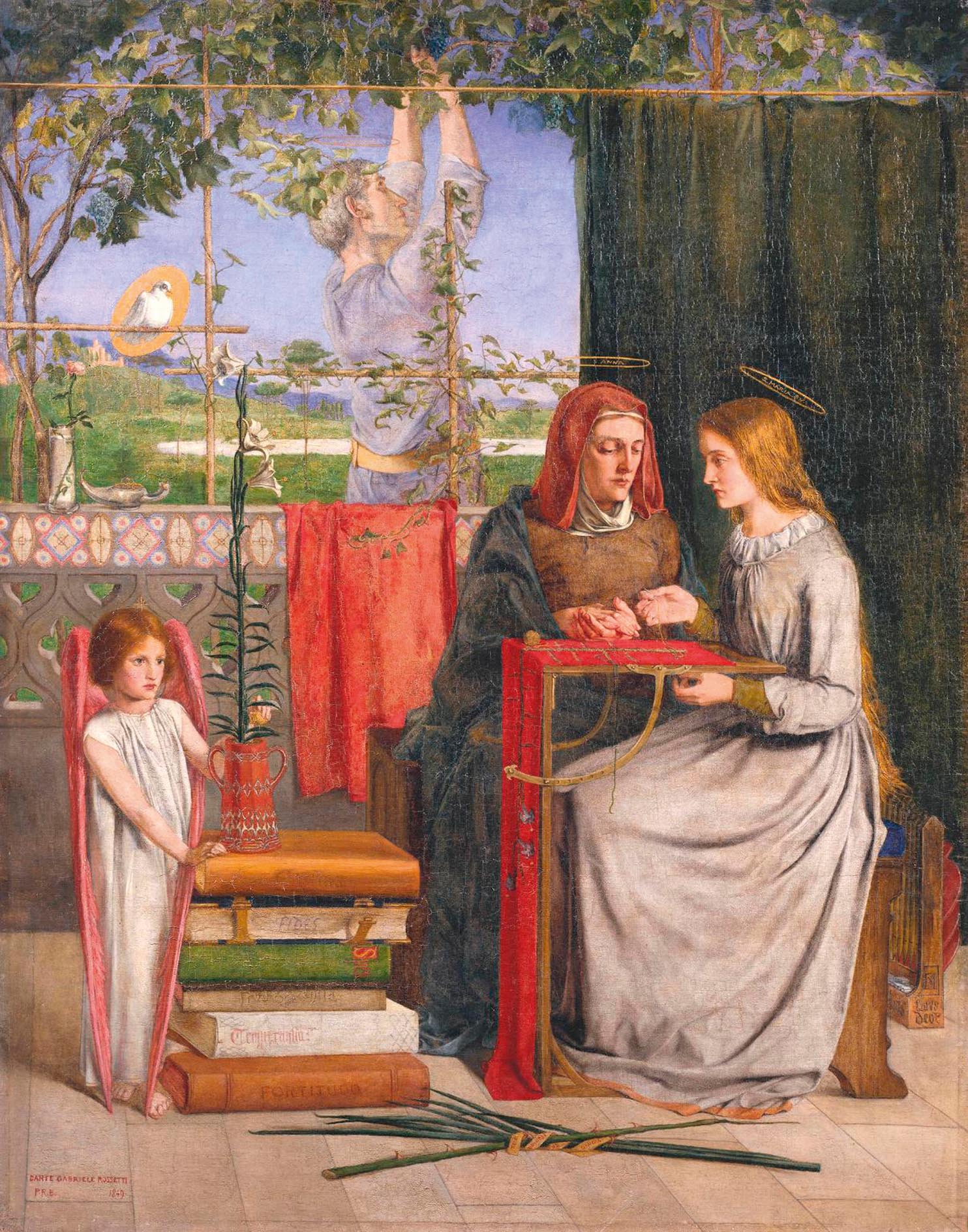
Where he did outshine the others, and where his influence was longest felt, was in his poetic nature. Rossetti was the most fully artistic of the group and, being both a painter and a poet of equal accomplishment, he had two ways of expressing his sensibility where the others had only one. As he worked on his first PRB painting, The Girlhood of Mary Virgin (1849), he was also writing his most important poem, The Blessed Damozel (in 1871, he would paint a picture after the poem).
From his earliest years, Rossetti was wrapped in Dante, Christianity and the heady Victorian genre that came to be known as ‘dreams of fair women’ (after the poem by Tennyson), showing doe-eyed beauties looking wistfully into the far distance. Perhaps unusually, his artistic spirit was encouraged at home. His father, an Italian exile, was a famous Dante scholar and his mother Frances was Anglo-Italian — her brother, John Polidori, was both Lord Byron’s doctor and the author of The Vampyre of 1819, the first modern vampire tale. Romanticism was, therefore, in Rossetti’s soul; he simply needed to find his own ways of conveying it.
Initially, he set out to master traditional forms of painting. He went first to Sass’s drawing school — a sort of prep school for the Royal Academy Schools — and then, in 1845, to the Royal Academy itself. However, the formal teaching there didn’t suit a moody adolescent who didn’t like to be told what to do and he quickly dropped out. He apprenticed himself instead to Ford Madox Brown, a painter of highly detailed and quirky moral pictures. His key artistic relationship, however, was with Holman Hunt, another young painter with an aversion to academic teaching.
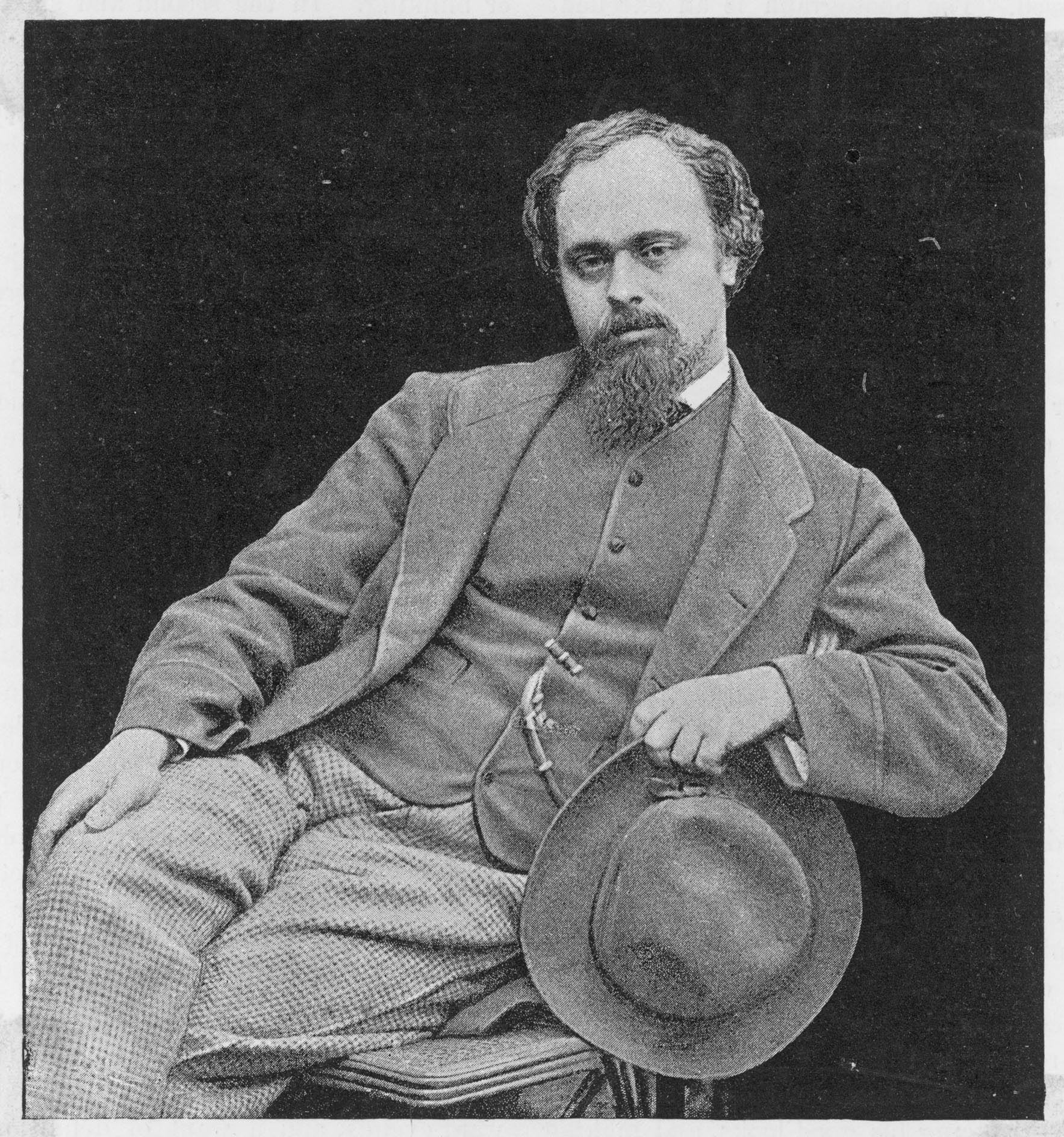
When he saw Holman Hunt’s Eve of St Agnes (1848), a medieval scene based on John Keats’s poem, Rossetti recognised a shared sensibility — dreamy, emotive, lush — and first befriended the painter (who was a year older than him) and then moved in with him, so they could work together like monks in a scriptorium. When Rossetti introduced his new mentor to Millais, the formation of the PRB was set in motion.
Exquisite houses, the beauty of Nature, and how to get the most from your life, straight to your inbox.
The group itself didn’t last for more than a few years, although its influence continued to be felt through the rest of the century. The individual members followed their own distinctive paths: Holman Hunt painted Biblical pictures and ones that commentated on contemporary mores; Millais became a hugely successful portraitist and society darling; and Rossetti produced both conventional portraits and innumerable images of beautiful women — ‘stunners’, as the PRB termed them — with mythological and mystical overtones.
Rossetti had complicated feelings for the women who modelled for him. They were more than simply ‘stunners’, with bee-stung lips, luscious hair and far-away expressions, but seemed to represent ideal femininity for him. He saw in them something of the Belle Dame Sans Merci (from Keats again) — beautiful, yet implacable — and painted them in the rich, deep colours of Venetian Renaissance masters, such as Titian and Veronese.
The first of his model-muses was Lizzie Siddal, a poet and the daughter of a Hatton Garden cutler, who started to sit for Rossetti in 1849. He became increasingly possessive, stopping the other PRB members from painting her as he produced a stream of works of his own. By then, she had already sat — or rather lain in a bath of cold water — for Millais’s celebrated painting Ophelia (1852).
Rossetti’s most poignant image of her, Beata Beatrix, of which there are several versions, shows her as Dante’s Beatrice at the moment of her death and was painted in 1863, a year after Siddal’s own death from a laudanum overdose. The couple had married in 1860 — with some reluctance on Rossetti’s part, as her lower social status gave him pause — when she was so ill with what was thought to be tuberculosis that she had to be carried into the church.
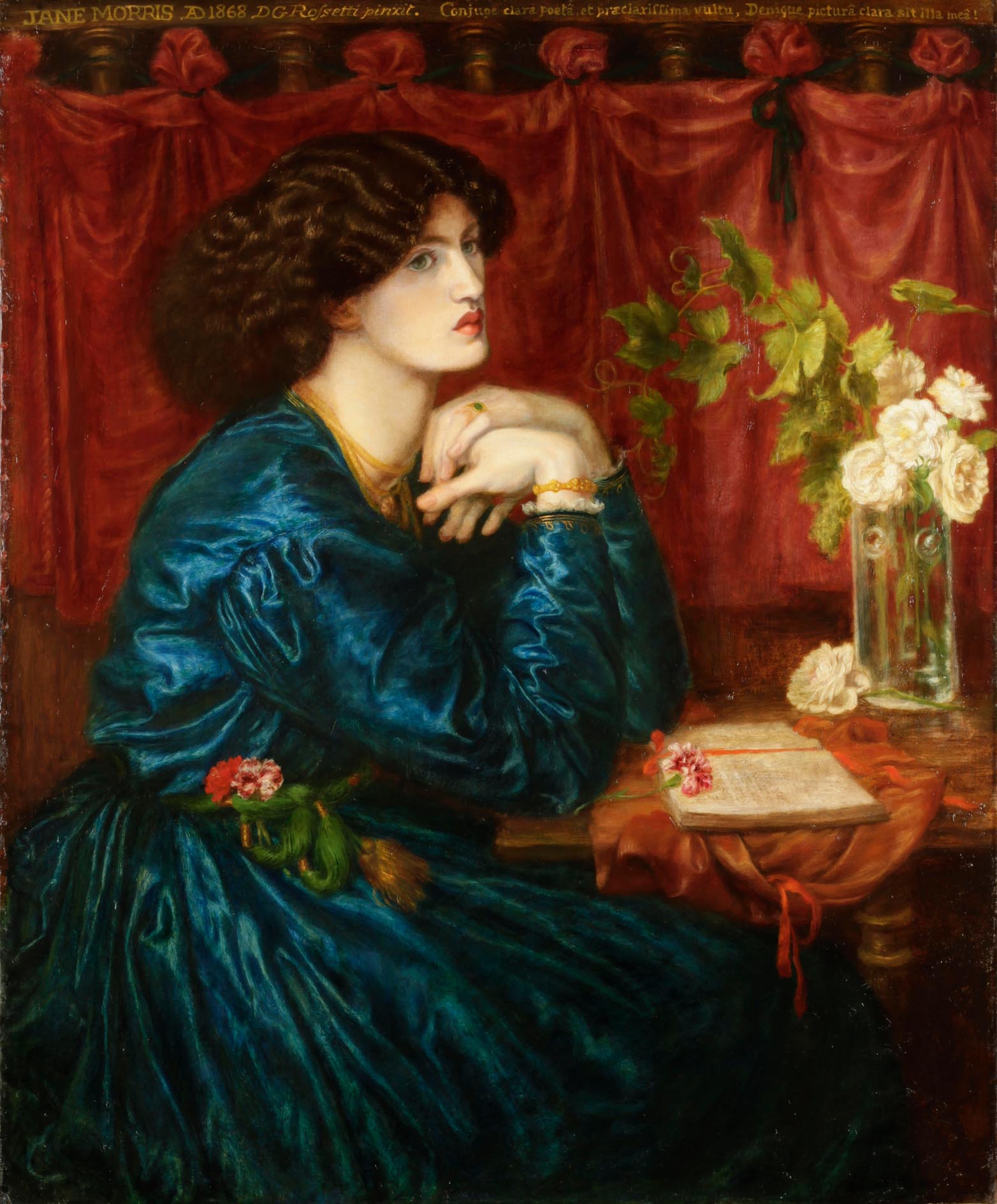
By the time of Siddal’s death, Rossetti had already taken up with Fanny Cornforth, a Sussex blacksmith’s daughter, who moved into his home as his nominal housekeeper. The painter’s brother, William Michael, acknowledged Cornforth’s beauty, but could not fully explain why the relationship lasted until the painter’s death, as she had ‘no charm of breeding, education or intellect’. Blonde and full-featured, she appears in works such as Bocca Baciata (1859) and Lady Lilith (1867). Over the years, Cornforth began to put on weight (as did Rossetti) and he took to calling her ‘My Dear Elephant’ and sent her cartoons of the animal when he was away. He, in turn, was her ‘Rhino’.
Even when living with Cornforth, however, Rossetti was pursuing a relationship with Jane Morris, the wife of his friend William Morris. Jane, with wavy black hair and pursed lips, was the PRB’s ideal of beauty and she had started modelling for Rossetti before her marriage. A romantic liaison began some time in the mid 1860s, by which time she was the mother of two daughters, and was fostered when Morris made a lengthy visit to Iceland in 1871, leaving Rossetti and his wife together at Kelmscott Manor in Oxfordshire. The temptation to play knight errant and damsel was too much for them.
Although his pictures of these women have a rare intensity, Rossetti was, in truth, a very limited painter. Contemporaries, such as Lord Leighton or Millais, could paint classical and history scenes, as well as portraits, with a grandeur and craft that Rossetti couldn’t match. He remained stuck in his confined, but heady world of venerated — fetishised, even — women, preferring to do small-scale pictures and watercolours (which he thickened with gum to make them more like medieval manuscript illustrations). The retreat from the public art world had begun early when his second painting, Ecce Ancilla Domini! (the Annunciation) of 1850, received a critical mauling.
He was to remain sensitive to criticism. In 1871, a critic named Robert Buchanan attacked his first collection of poetry, leading to a mental breakdown during which Rossetti hallucinated and heard voices. The effects were exacerbated by the chloral hydrate that he took mixed with whisky to fend off headaches and insomnia. The drug, on which he became increasingly dependent, only increased his paranoia and he was taken to Scotland to help his recuperation. Echoing the fate of Siddal, he attempted suicide there.
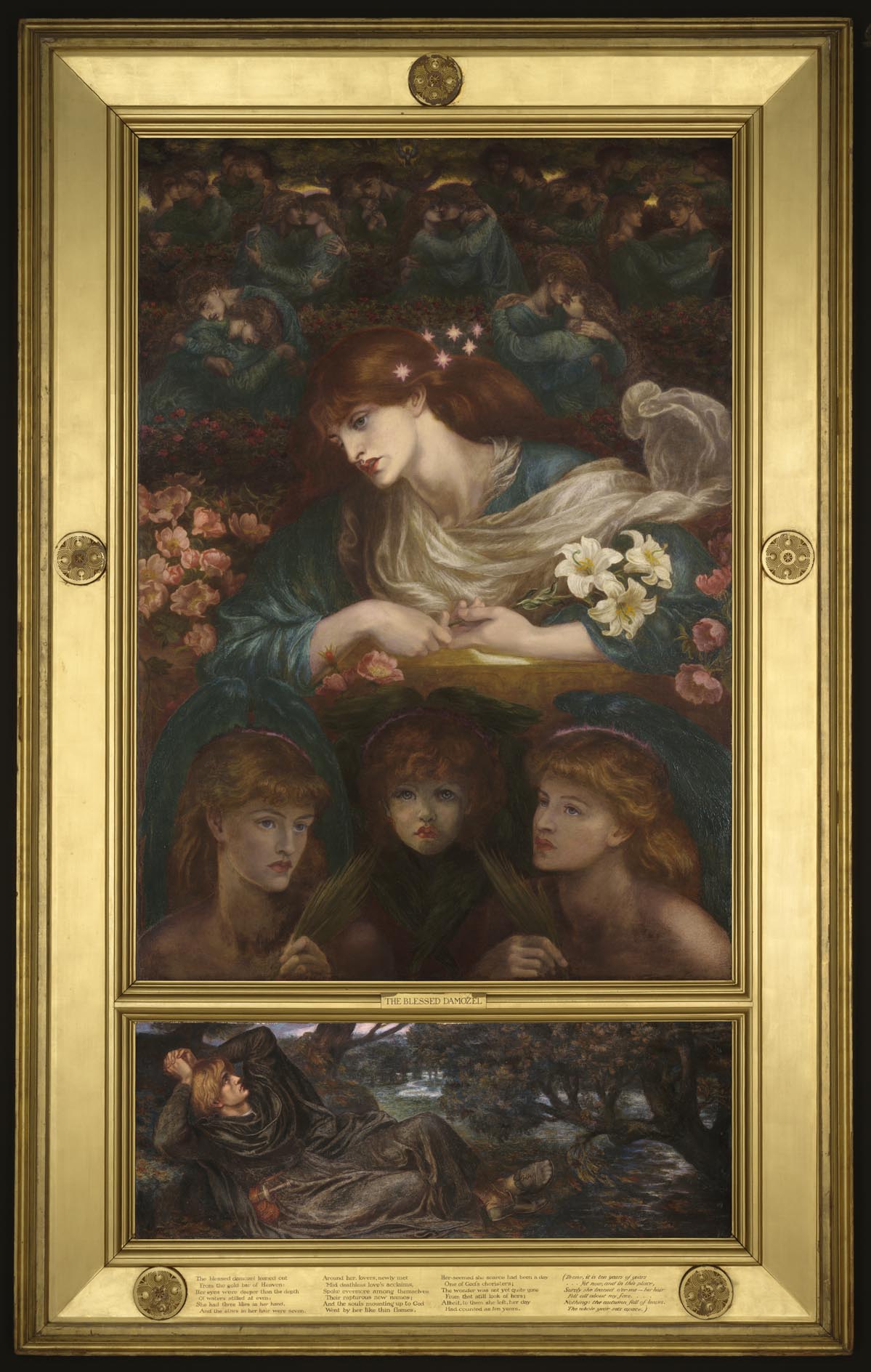
Although he recovered, a long-term decline set in. When, in 1874, Morris cut Rossetti out of the decorative-arts firm they had established, the painter became a morbid recluse in his house on Cheyne Walk in Chelsea. He remained dependent on chloral hydrate and his long decline only ended in 1882, when he died of kidney failure when staying with a friend at Birchington-on-Sea in Kent.
Rossetti’s influence was far greater than his output warranted. Although the public would have been shocked and titillated by the personal circumstances behind his paintings of women, his romantic depictions of them — long-necked and soulful — had a lasting effect on the Victorians’ idea of beauty. Even if he wasn’t a poet of the first rank, his verse was of a piece with his pictures in showing a man who believed wholly in the world he created.
Nor was his end as sad as it seems. Shortly before he died, Rossetti murmured: ‘It is beautiful, the world — and life itself. I am glad I have lived.’
‘Rossetti’s Portraits’ is at the Holburne Museum, Bath, September 24–January 9, 2022 — www.holburne.org
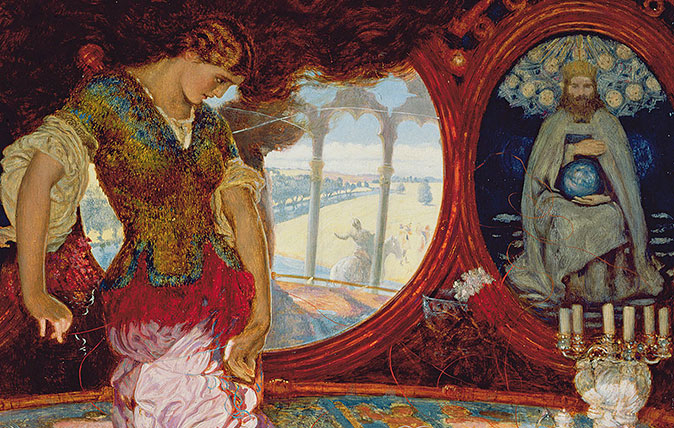
Credit: Bridgeman
In Focus: How Holman Hunt's Lady of Shallot was inspired by Van Eyck's greatest masterpiece
Holman Hunt was one of several pre-Raphaelites inspired by Jan Van Eyck's iconic The Arnolfini Portrait. Lilias Wigan takes an
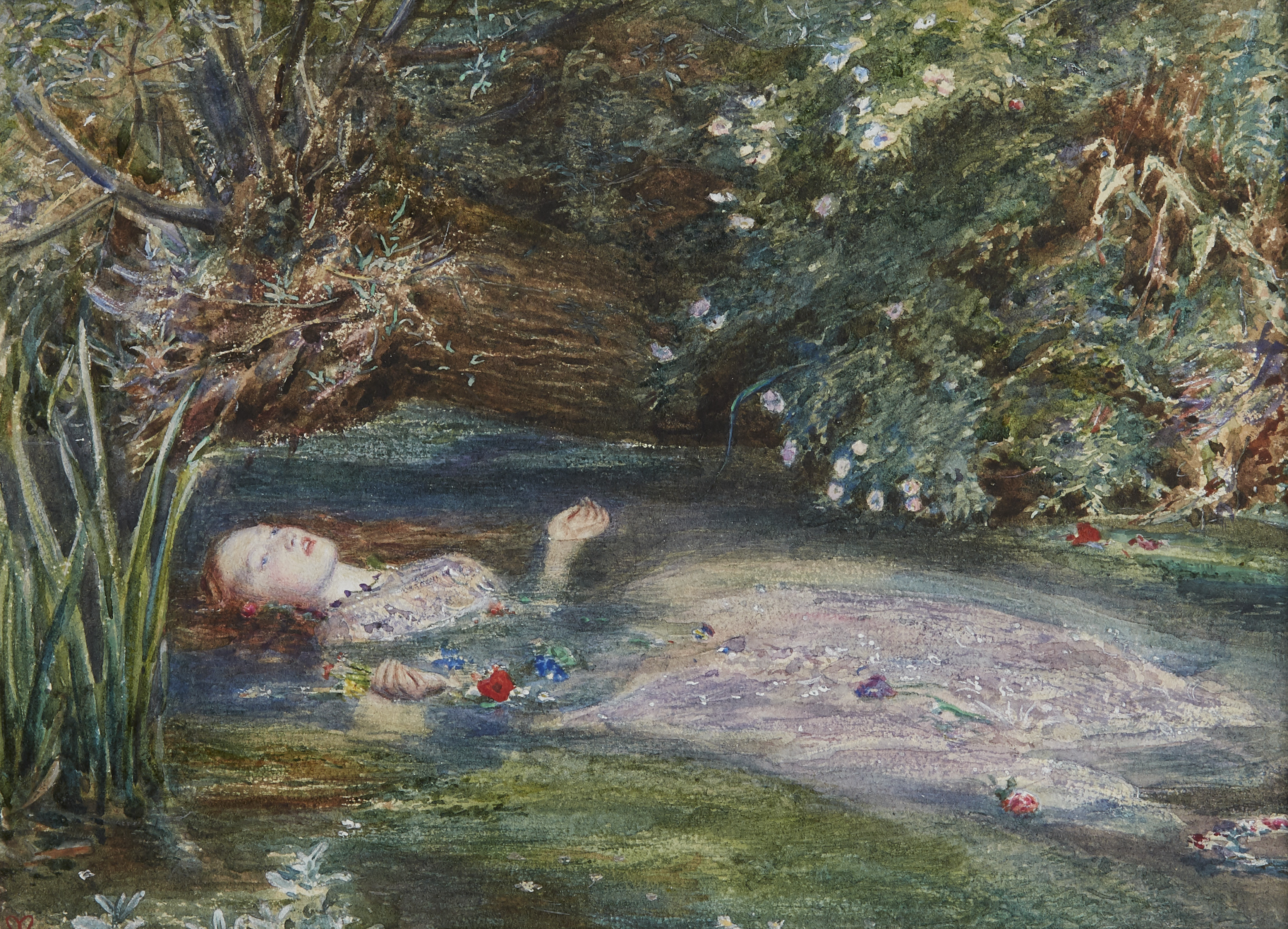
In Focus: The Pre-Raphaelite sisters who fought for recognition in the shadow of the Brotherhood
Caroline Bugler admires the National Portrait Gallery's new exhibition, 'The Pre-Raphaelite Sisters', which reveals the creative role of women in
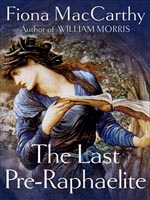
Book review: The Last Pre-Raphaelite: Edward Burne Jones and the Victorian Imagination
Michael Hall discusses a book about Edward Burne Jones – a literary artist with a Victorian imagination
Country Life is unlike any other magazine: the only glossy weekly on the newsstand and the only magazine that has been guest-edited by His Majesty The King not once, but twice. It is a celebration of modern rural life and all its diverse joys and pleasures — that was first published in Queen Victoria's Diamond Jubilee year. Our eclectic mixture of witty and informative content — from the most up-to-date property news and commentary and a coveted glimpse inside some of the UK's best houses and gardens, to gardening, the arts and interior design, written by experts in their field — still cannot be found in print or online, anywhere else.
